What is Nutritional Yeast and How Do You Use It?
Nutritional yeast, often called nooch, is a deactivated form of yeast that is grown on molasses or beet sugar, often off-white in color and with a nutty or savory flavor. It is commonly used as an ingredient in vegan cooking to provide a cheesy flavor. It can be added to sauces, salads, popcorn, pasta dishes, and more. It contains high amounts of B-complex vitamins and is a great source of protein for vegetarians and vegans.
To use nutritional yeast, simply sprinkle it over your food before serving. It can also be blended into sauces or dressings for added flavor. The bottom line is that it’s delicious! What is nutritional yeast and how do you use it? Bob’s Red Mill Large Flake Nutritional Yeast or Simply Organic Nutritional Yeast
What is Nutritional Yeast and How Do You Use It?
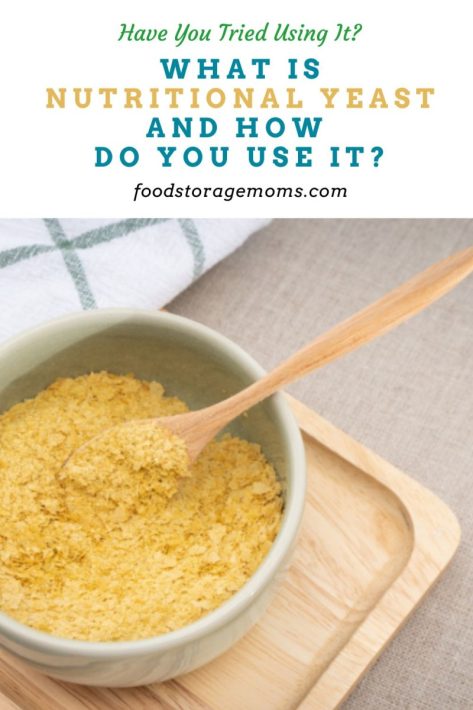
Ten Ways to Use Nutritional Yeast
- Sprinkle nutritional yeast on popcorn for a cheesy flavor.
- Add nutritional yeast to pasta sauces for an extra umami flavor, which is more savory rather than sweet, sour, salty or bitter.
- Stir nutritional yeast into mashed potatoes to give them a delicious cheesy flavor.
- Make vegan “mac ‘n’ cheese” with nutritional yeast and plant-based milk or cream.
- Sprinkle nutritional yeast over roasted vegetables for added crunch and nutrition.
- Mix nutritional yeast into scrambled eggs or omelets, vegan or not, for a cheesy flavor boost.
- Make a vegan cheese sauce by blending cooked vegetables, plant-based milk, and nutritional yeast together in a blender until creamy and smooth.
- Add a pinch of nutritional yeast to soups or chili right before serving for a depth of flavor and a nutrition boost!
- Top your favorite salads with some crumbled nutritional yeast for an extra kick of vitamins and minerals, plus a protein boost!
- You can add it to kale chips for a tasty snack.
- Add it to cashew cream for a creamier taste!
- Try it on vegan Mac, or vegan pesto, or use it as vegan parmesan cheese! So many options.
- Some cooks like it when added to the other ingredients in a tofu scramble.
Comparison with Other Types of Yeast
Nutritional yeast is different from other types of yeast such as brewer’s yeast, baker’s yeast, and active dry yeast. While all these types are single-celled fungi, nutritional yeast is inactivated during production and can’t be used to produce alcohol or leaven dough.
Nutritional yeast has a nutty, cheesy flavor which makes it great for vegan cooking. It’s also high in B vitamins, grams of protein, and healthy minerals making it a nutritious addition to your diet. This product comes in non-fortified and fortified options, with the fortified version having more added nutrients for your health benefit.
Brewer’s yeast is an unprocessed form of the same organism that makes beer and is often used as a nutritional supplement. Active dry yeast on the other hand is a live organism that can be used to make bread rise when added to the dough. Yeast: Everything You May Not Know
What types of nutritional yeast are there?
Nutritional yeast comes in many different forms. The most common types are flakes, granules, and powder. Flakes are the most versatile type of nutritional yeast and can easily be sprinkled onto pizzas and other dishes for a cheesy flavor boost. Granules are much smaller than flakes and provide more of an intense flavor.
They are best used when blended into sauces or dips. This powder is very fine and it dissolves quickly in liquids. It’s perfect for adding to soups and sauces or using as a seasoning.
Benefits of Using Nutritional Yeast:
- A great source of essential vitamins, minerals, and protein, especially vitamin B12 which is not present in many plant-based foods.
- Low in calories and fat, making it a healthy snack option.
- High in fiber, which can help regulate digestion
- Rich in antioxidants that can help reduce inflammation and improve the overall health
- Contains all nine essential amino acids required for human nutrition
- Adds delicious flavor to dishes without adding sugar or sodium.
- It is 100% gluten-free and has no dairy components, no preservatives, or sugar.
- It is low in carbohydrates for those looking for low-calorie ingredients.
- Contains Beta Glucan, a good source of fiber, and aid in lowering cholesterol.
- It contains niacin which has been shown to help in treating acne.
- Has good amounts of B2 (riboflavin) and thiamin, another B vitamin that is known to foster better health.
- Although found in “trace” amounts, nutritional yeast has zinc, selenium, magnesium, phosphorus, tyramine, and potassium too.
Help Boost Immune System Health
Nutritional yeast is a great way to boost your immune health. Its high B-vitamin content, particularly vitamin B12, helps the body produce more red blood cells which in turn boosts oxygen circulation throughout the body. This increases the body’s ability to fight off bacteria and viruses that can weaken the immune system. How to Boost Your Immune System
Help Lower Cholesterol Levels
Studies have shown that its high fiber content helps bind cholesterol in the digestive system, reducing its absorption into the bloodstream. Nutritional yeast contains phytosterols which are plant-based compounds that can help reduce the risk of developing cardiovascular disease (source).
Are there any side effects to it?
Though it is generally considered safe, some people may experience mild side effects such as digestive discomfort or bloating. It is also important to note that it should not be taken in place of prescribed medication and it may interfere with certain medications. Those with existing health conditions, such as diabetes or autoimmune diseases, should consult their doctor before taking it.
Sometimes the manufacturing process prompts traces of monosodium glutamate (MSG) to be found in the flakes. If you have any allergic reactions to MSG you should steer clear of this product.
What is the best way to eat nutritional yeast?
If you’re looking for a healthy way to add lots of flavor and nutrition to your meals, then nutritional yeast is the perfect ingredient for you! It has a nutty and cheesy flavor and is a great source of vitamins B-1, B-2, and B-3, as well as folic acid (synthetic folate). It’s also very low in fat and sodium, and high in protein.
The best way to enjoy it is to sprinkle it on top of foods like salads, steamed veggies, popcorn, or soups. You can also add it to smoothies or sauces to give them a delicious boost. It’s even better when mixed with other seasonings like garlic powder, onion powder, or Italian herbs. However you choose to use it, nutritional yeast will make any dish more flavorful and nutritious.
Other Ingredients To Try
- How To Benefit From Using Apple Cider Vinegar
- Survival Food And Emergency Food Storage
- Baking Soda: Everything You Need to Know
Final Word
Nutritional yeast is a great alternative for those who want a little bit of unique taste and added nutrients in their food. It’s a good source of protein. You can purchase it at your local health food stores! This yeast is also said to be good for those who have inflammatory bowel disease.
If you’re looking for a few health benefits in your cooking, but also want flavor added to your dishes, give this yeast option a try, available in most grocery stores. May God Bless this world, Linda
Copyright Images: Nutritional Yeast AdobeStock_308890592 By myboys.me

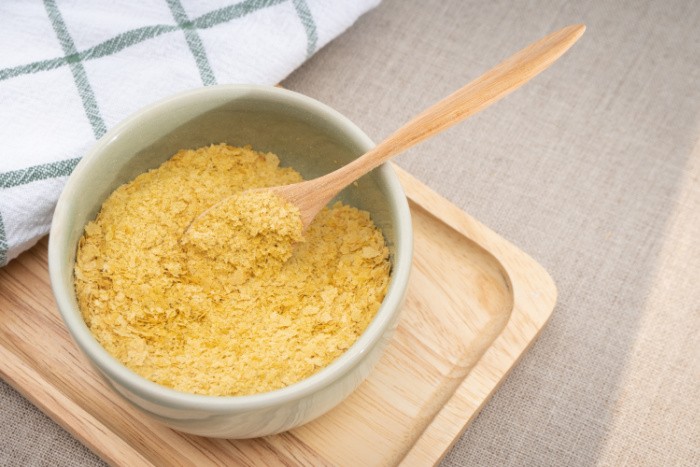

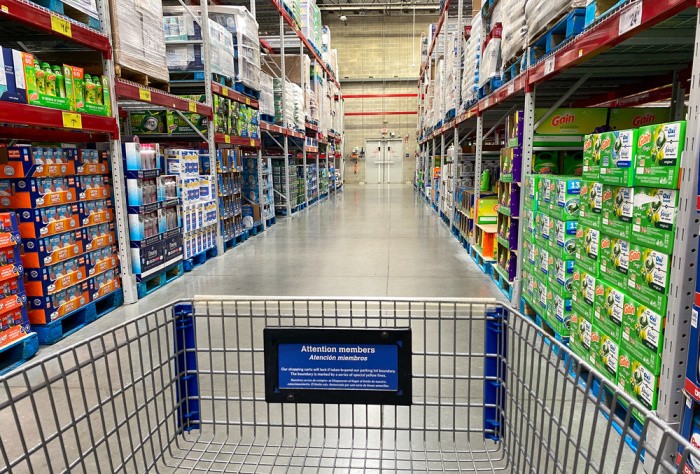

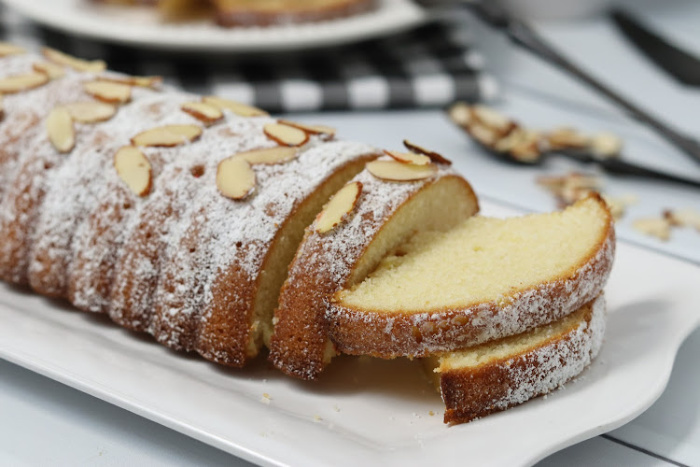
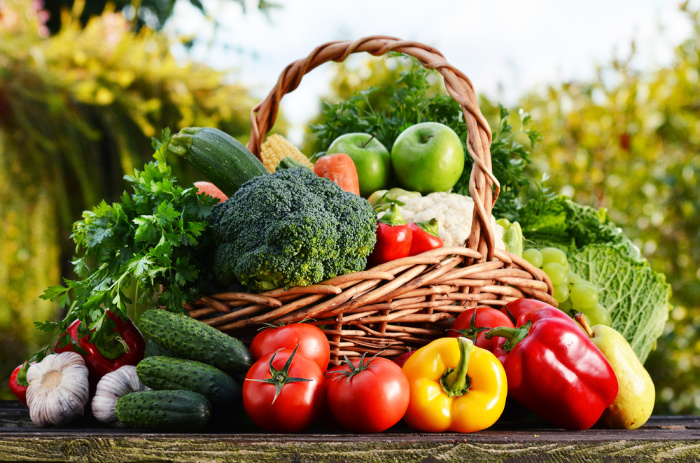
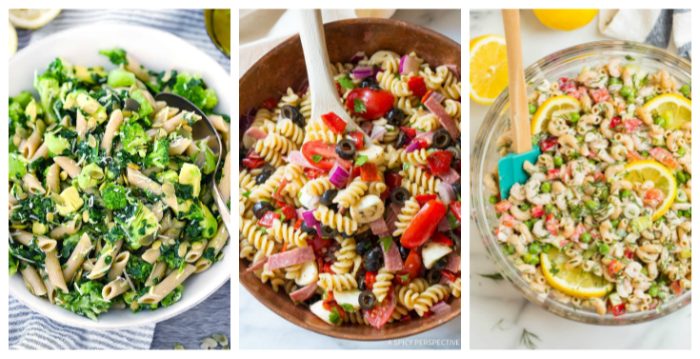

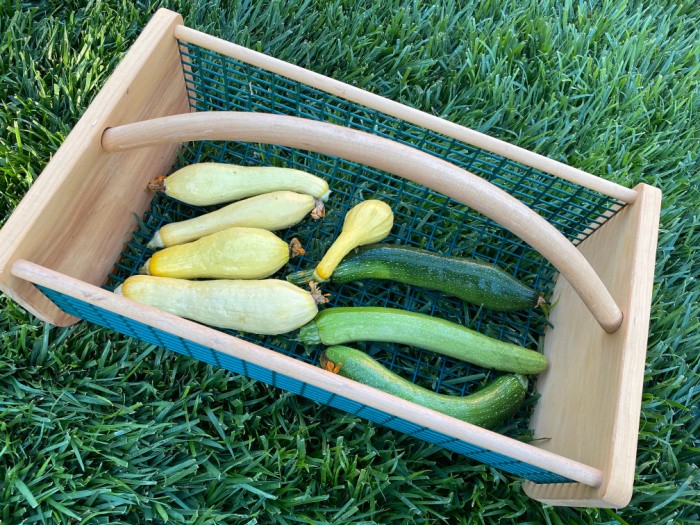
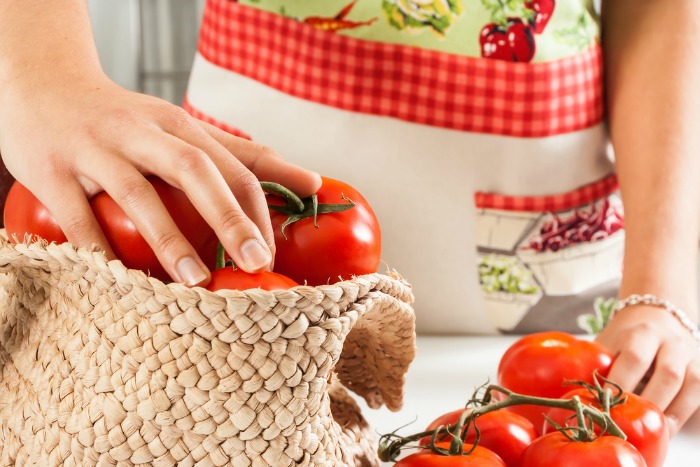
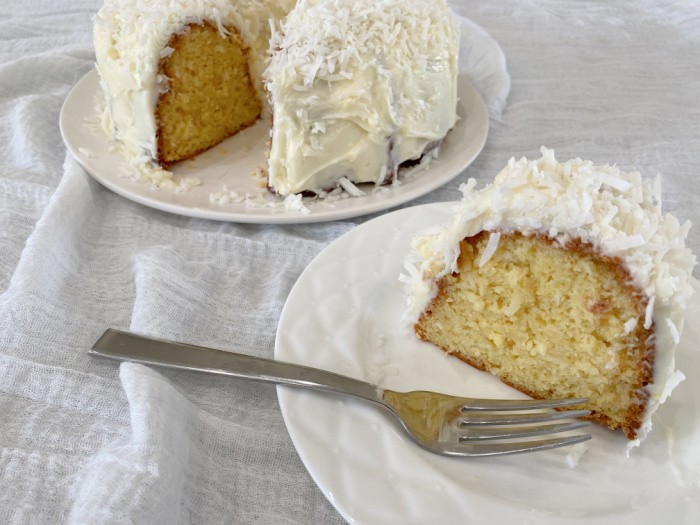










Morning. Just a quick question: How long can you store the yeast. I’ve never used it but that sounds like something I can add in like a vegetarian meat loaf. Asking as I want to “jazz” up some of the foods I make for my vegetarian grandson and DIL. Can I store it in the freezer like my regular yeast?
Thank you
Hi Kathy, the maximum shelf-life of nutritional yeast is 2 years in a cool dark place in an airtight container. We have to keep the moisture out of it. Yes, you can freeze it in an airtight container for up to two years. It’s different than our regular SAF yeast so please do not store more than you can use in two years. Instant SAF yeast lasts longer, I have some SAF yeast that is 5-6 years old and it still works. I store it in the original containers in the freezer. Linda
Thank you Linda,As always I know I can get answers from you and the others on this site. Much appreciated. I’ve always known (thanks Grandma) that I can freeze yeast but didn’t know about the nutritional yeast.
Hi Kathy, you are so welcome, we do have a great group here!! Linda
This article is interesting and helpful. I’ve heard of nutritional yeast but never knew how to use it. We are not vegetarian or vegan at our house, so this would be added for flavor. And now I know why it’s called nutritional yeast! Thanks Linda!
Hi Paula, I have several family members that are vegan and many are vegetarians. We do not use it a lot but it’s nice to have to sprinkle on say popcorn and broccoli for a “cheese” flavor. Mark will never give up meat. LOL! Linda
Linda,
Thanks for the warning about MSG. Since I am extremely allergic to MSG, which makes me ill for several days to a week at a time, we will steer clear of this stuff. If we need a cheesy flavor, we will use cheese. Nothing like the real thing. LOL!!
Hi Harry, my motto is when in doubt, use REAL cheese! LOL! There is nothing better than a really good slice of cheese! LOL! Linda
Your article is very informative! I have only used it on regular and sliced cherry tomatoes…sprinkled on before dehydrating. It makes a nice tastey snack. Now I will be using it on a lot more food items. Thank you!
Hi Peggy, now I want to dehydrate some tomatoes with it!! Great idea! Linda
Our family cannot EVER use Nutritional Yeast, though we know people who love it. For us it is very TOXIC and makes us throw up and have horrible gut pains! Not true of most, though. Hope you find it useful…
Hi Jess, it’s good your family knows you can’t use it. Linda
I’ve actually been looking for something to add a little flavor to our food. After reading this, I think I’m going to buy some nutritional yeast off Amazon and see how the kids like it! Wish mw luck 😉
Hi Jess, great idea, my daughter uses it on everything. Well, a lot of things. LOL! Linda